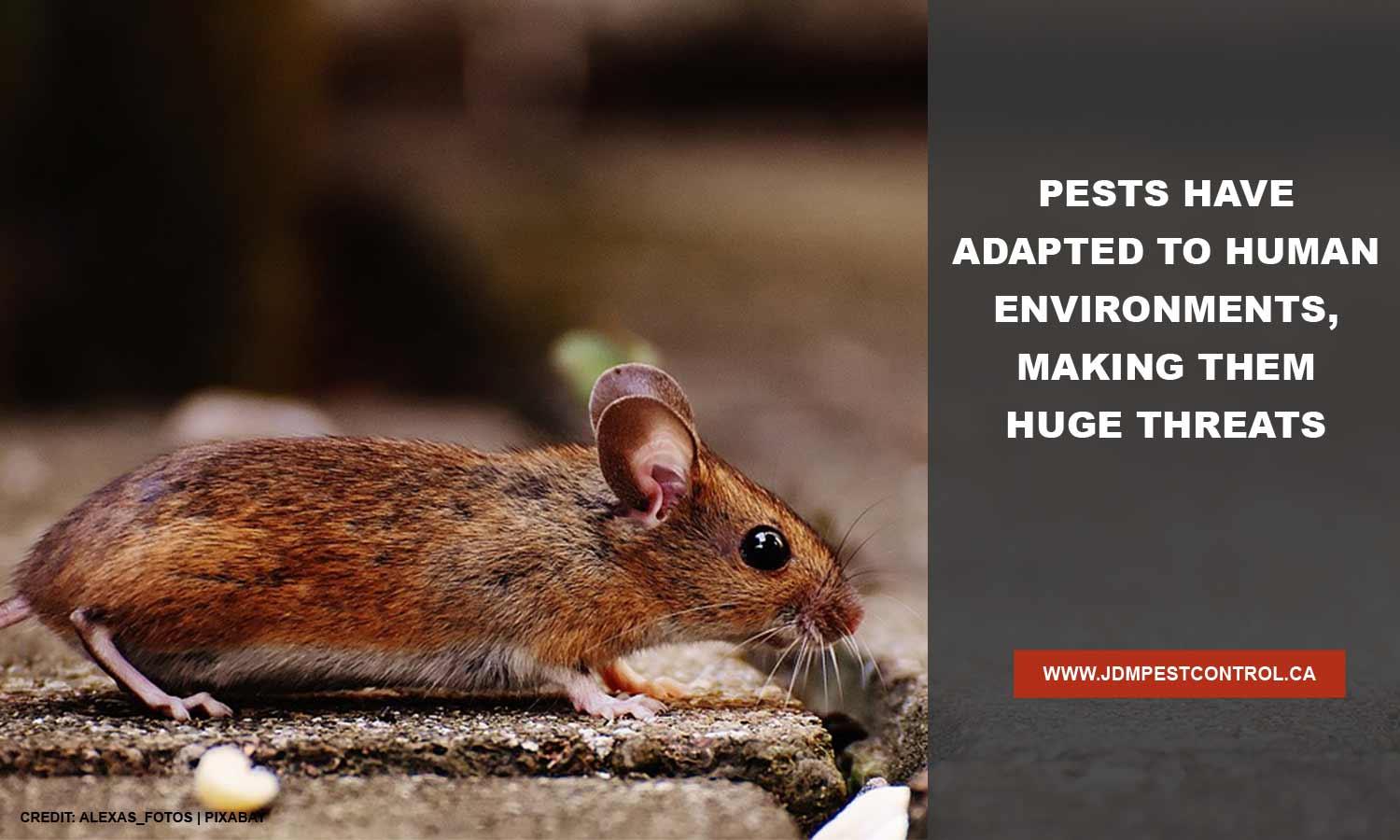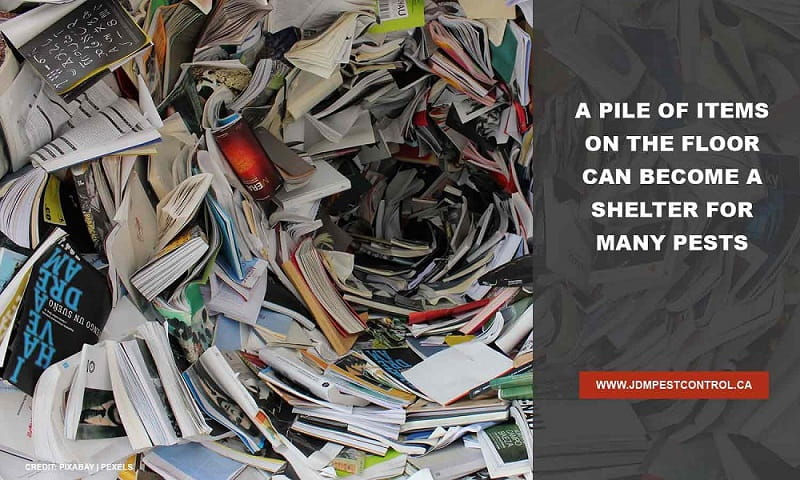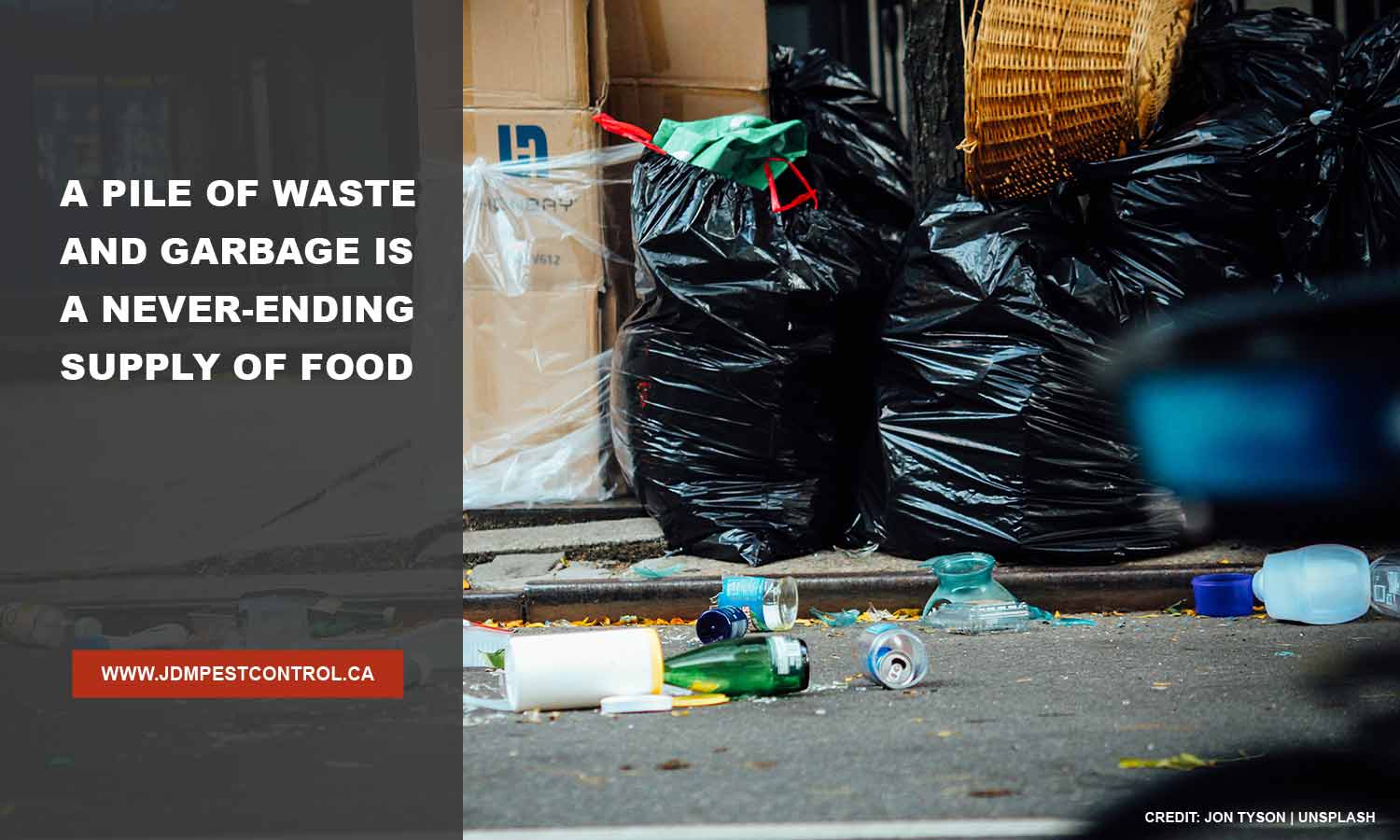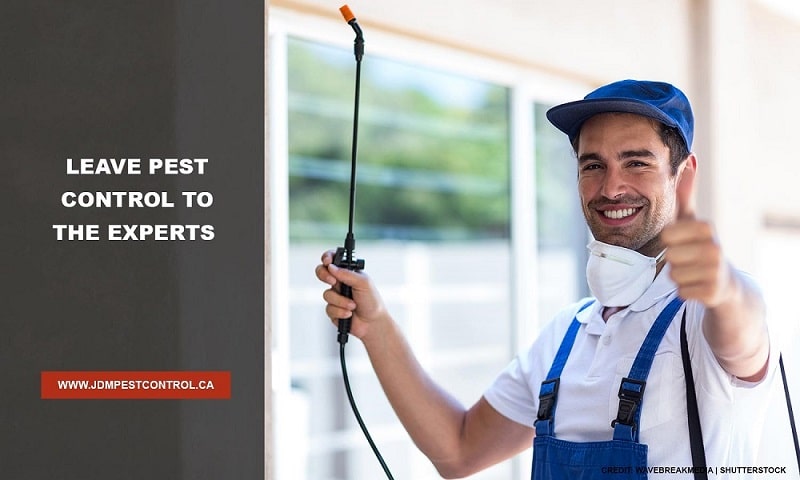Every homeowner desires a place free of pests. They are a nuisance and, if neglected, can inflict serious damage to your home and harm to your health. The sad reality, however, is that different types of pests infest homes every day, and they could be difficult to manage.
There is a variety of reasons why your home seems to be quite attractive to pests. Some of which could be out of your control, such as the location of your home. Houses in the countryside near lakes and waterways may often be greeted by mosquitos and other blood-sucking insects, while those in the cities would likely encounter rodents. On the other hand, pests in your home could be entirely your own doing.
Before you call a home pest removal service or buy another bottle of bug spray, consider that maybe the reason why pets are still attracted to your home is because of your daily routines. You might not realize it, but there are many habits people do that unintentionally cause pests to keep coming.
Most Common Pests at Home

Before you take preventive measures, you first need to understand some of the most common home pests you may come across.
Here are 5 common home pests in Canada:
- Ants
There are over 12,000 types of ants worldwide, varying from small brown thief ants to larger black carpenter ants. Typically, they can be red, black, brown, or yellow. Most ants don’t pose any serious threats to humans, but their bite can be painful and itchy on your skin.
The main danger of ants is structural damage. Ants live near warm damp spots, and they build large complex colonies underground. For instance, carpenter ants make tunnels and nest in wood and foam insulations.
- Bed Bugs
Bed bugs are small, oval-shaped insects. They are naturally brown but turns red after feeding. Despite its name, bed bugs do not only live inside your mattress. You may also find them inside electrical outlets, sofas, and baseboards. Their only food source is blood, which makes them extremely attracted to humans.
- Cockroaches
Cockroaches are another common pest, especially in big cities. They are nocturnal and live anywhere near a food source, such as the kitchen, bedrooms, bathrooms, garages, basements, or any warm moist areas. Roaches have been linked to carrying and spreading diseases. They may contaminate food and countertops by defecating on them and leaving traces of bacteria attached to their bodies.
- Rodents
Rodents, like rats and mice, are a common sight in many places. These rodents have even adapted to human environments, making them huge threats. Rodent infestations are harmful in many ways. Rats and mice can cause structural damage to your home by gnawing on electric cables and woods. They can also carry viruses and diseases, contaminating your food and other areas.
- Ticks and Mites
Ticks and mites differ in colour and size based on their species. Many of them are found inside homes, while others attach themselves to hosts, like birds and rodents. They normally don’t pose risks to well-built and maintained homes although they can burrow or nest inside structures. Their greatest danger comes with their bites. Ticks and mites can transmit over 15 viruses and infections.
Factors That Attracts Pest to Your Home
While inviting pests to your home is the last thing on your mind, you may be sending them mixed signals by making various objects of comfort available for them. Below are a few things that draw pests to your home:
1.Open Water Source

Leaks and puddles are great areas for pests to gather. They can also tunnel their way through pipes and cause damage.
Drain all water bowls if unfinished or place them somewhere elevated or open to deter some pests’ movement. Also, check your place for pipes and drains that need fixing. Do not let water stagnate anywhere inside your home.
2.Exposed Food Source
To survive, pests are always on the hunt for sources of food and nourishment, which is why most nests and burrows are commonly found where food is abundant. Rodents, for example, will eat almost anything — raw, cooked, leather, paper, and even soap.
Leaving food out in the open is an invitation for pests. Unsealed food and groceries, pet foods included, can attract ants or nocturnal critters looking for a late-night snack. This also goes for unwashed dishes. Saving the dishes for tomorrow only makes it irresistible to pests, especially since the smell and the build-up of oil and grease only attract more of them in the long-term.
Always keep your food inside tight-lid containers. Make sure that crumbs are swept, leftover pet food is disposed of, and dishes washed and cleaned.
3.Poor House Maintenance
Pests don’t just magically appear in your home. Insects and rodents can pass and squeeze through even the tiniest cracks and holes. Neglecting house maintenance and not fixing what needs to be fixed only provides pests inside access.
Repair and seal cracks, broken doors, windows, and other areas that serve as gateways for pests into your house. Do not delay the task. It is best to resolve these problems as soon as you spot them.
4.Messy and Cluttered Room

A dirty room won’t do you any good. A pile of clothes can be warm enough for rodents to squeeze into and start nesting while crumpled pieces of paper may serve as a home for spiders. These creatures are opportunists and can survive in clutter.
One of the easiest ways to remove pests from your home is to clean, clean, clean. This simple household task can also help you spot warning signs of infestation and improve hygiene and sanitation around your place. You’d be surprised by how big of a difference it can make.
5.Storing Paper Bags Underneath the Kitchen Sink
People have a habit of keeping items, such as paper bags, cardboard boxes, and plastics, under the sink for use later on. Unfortunately, it only draws pests into your home. For starters, the area beneath the kitchen sink is damp and dark, a perfect breeding ground for rodents and cockroaches. Paper bags only offers them a place to hide and stay. Worse, these pests can release fecal matter into the bag, making them unusable. Finally, clutter only makes pest detection and observation difficult.
Instead, fold unused paper bags and keep them in drawers. If you have items under the sink with cockroaches inside, immediately take them out and burn them.
6.Piling Waste and Compost

A pile of garbage is a buffet to these pests, a never-ending supply of food.
The best way to handle this is to always take out the trash as soon as they are full. Also, cover your bin when not in use. The last thing you’d want is pests dumpster diving in your garbage can.
7.Negligent Plant Care
For many, populating their home with plants is a way to relax and beautify the space. However, it is not enough to collect plants, they should also be cared for. Neglecting them, unfortunately, can attract pests. Many plants make wonderful homes for pests. Leaves, branches, and even flowers can protect them from detection. Unkempt plants may also serve as a natural bridge for pests into different parts of your home.
All you need to do is give the best care for all your plants. Sweep all fallen leaves, and trim them if necessary. You can also choose the right plants instead. Several ornamental flowers and herbs have properties good for repelling insects.
Prevent Pest Infestations

The solution to a pest-free home starts with you. A simple change of habit and routine can go a long way to guarantee that you live without any nuisance.
If the problem persists, engage with a home pest control company immediately. It is important not to attempt any DIY pest control job yourself. Some home pest remedies, like repellents and traps, are good deterrents, but complex control methods must be left to the expert to ensure efficacy and effectiveness.
For safe, effective, and eco-friendly pest control services in the Greater Toronto Area, call JDM Pest Control at (416) 729-3568 or email us at joe@jdmpestcontrol.ca.
